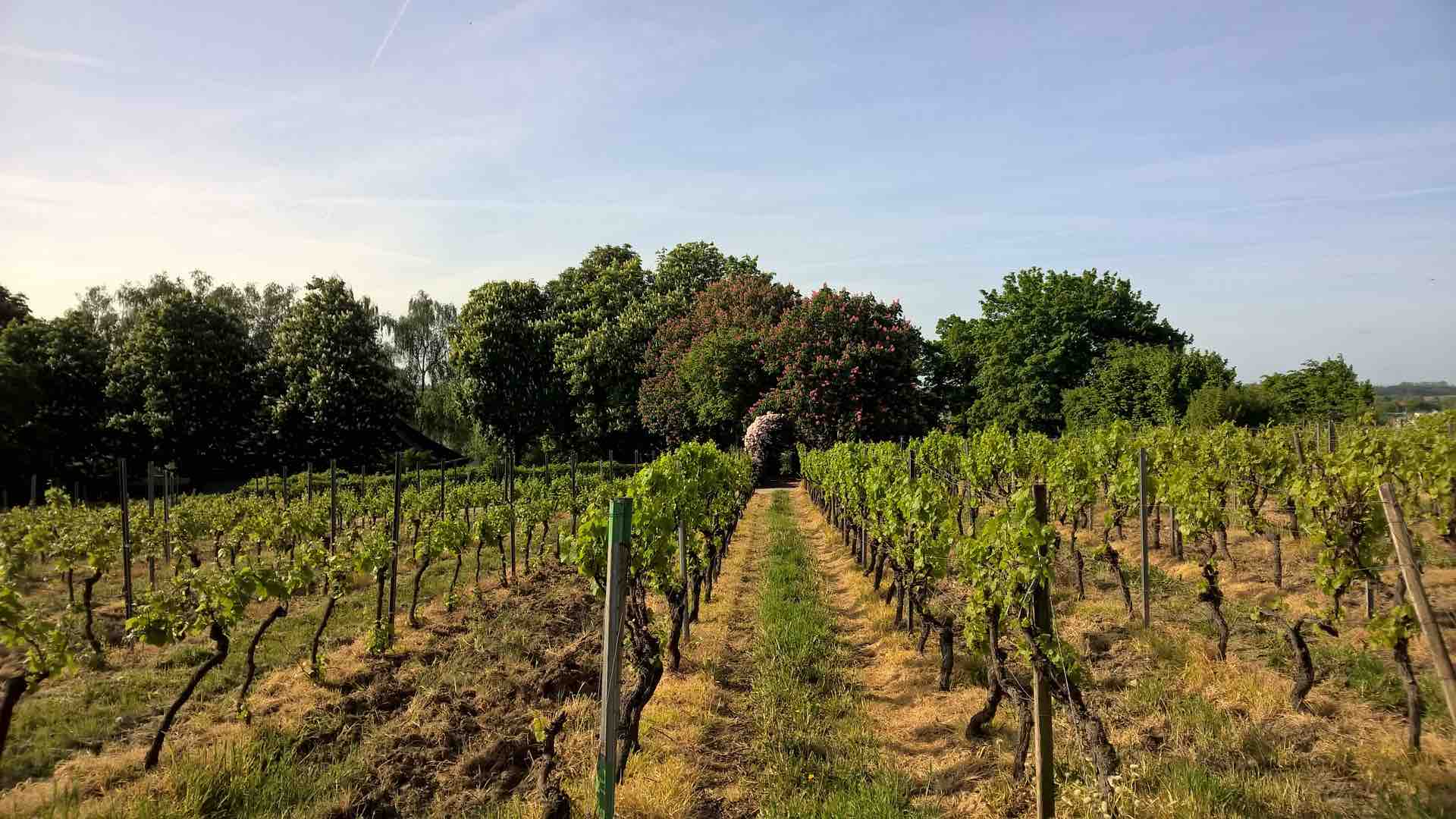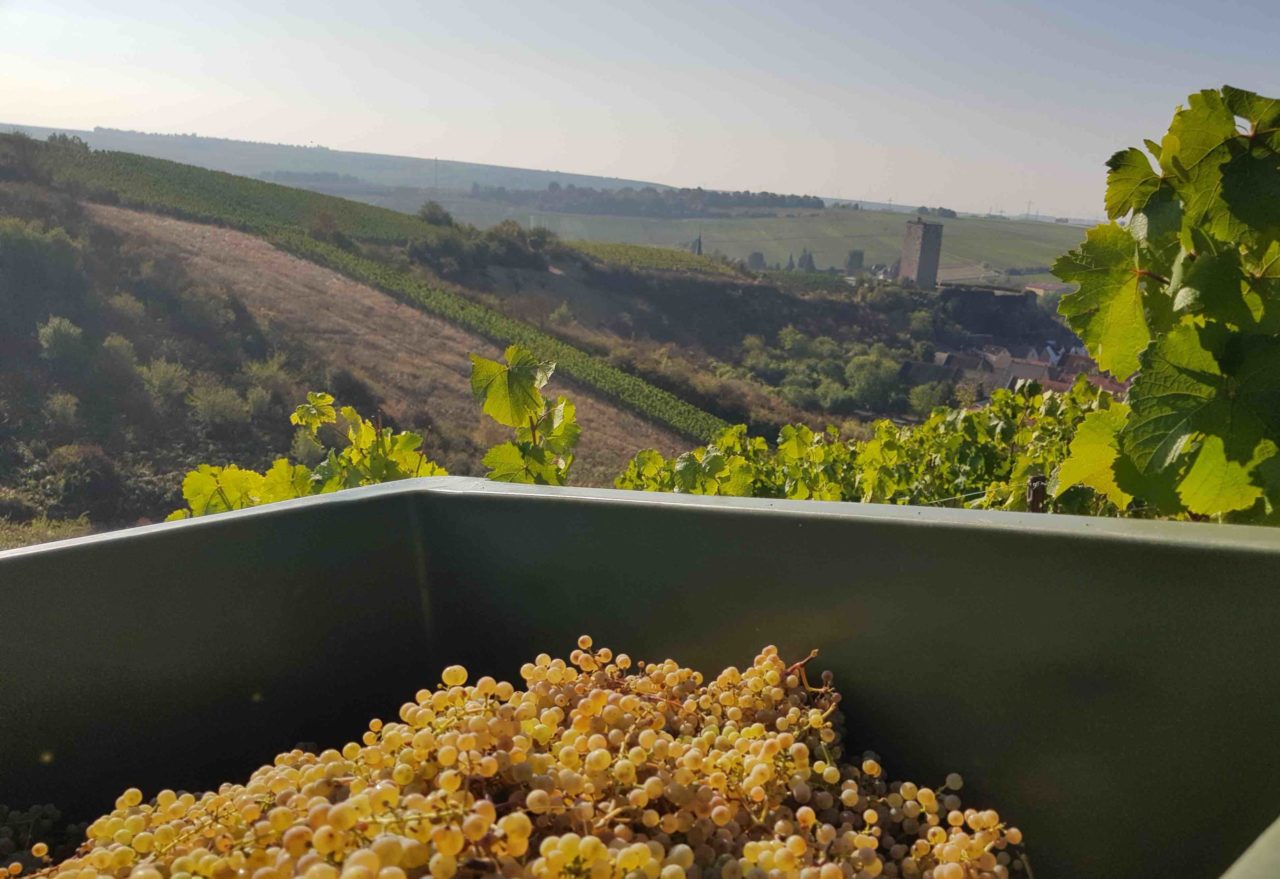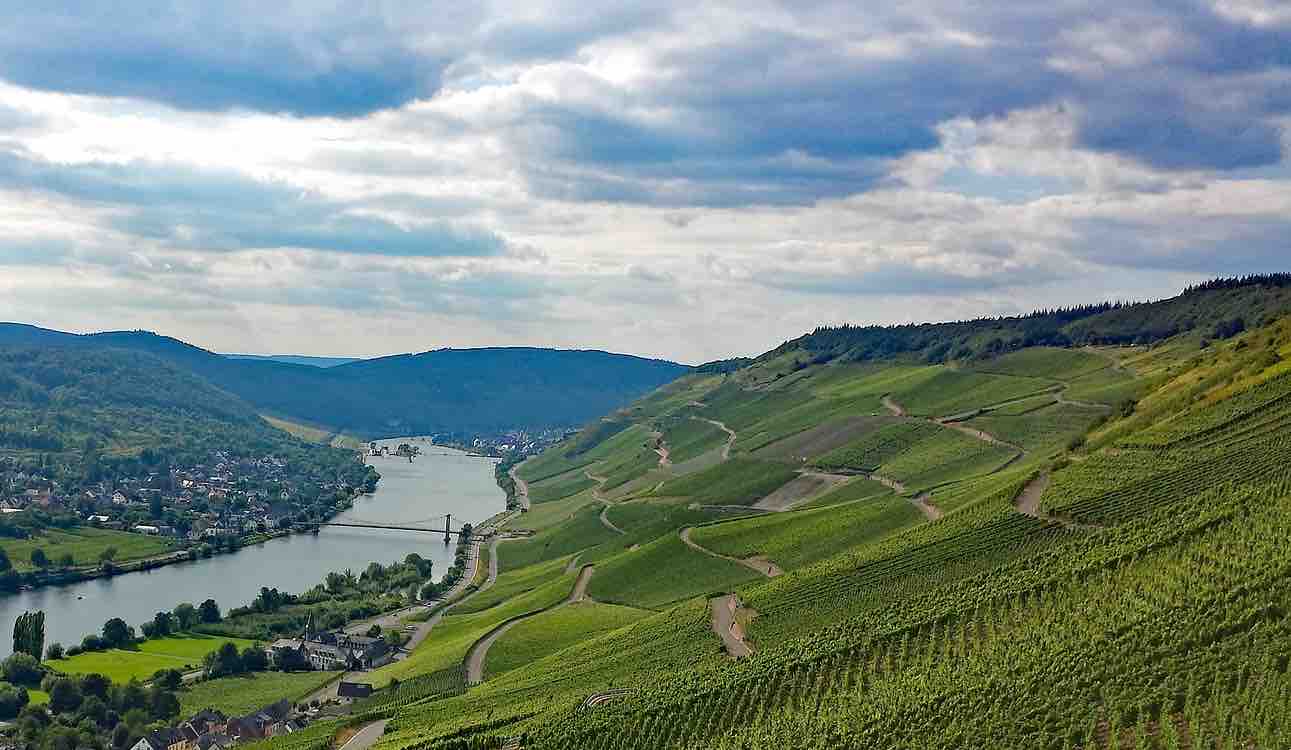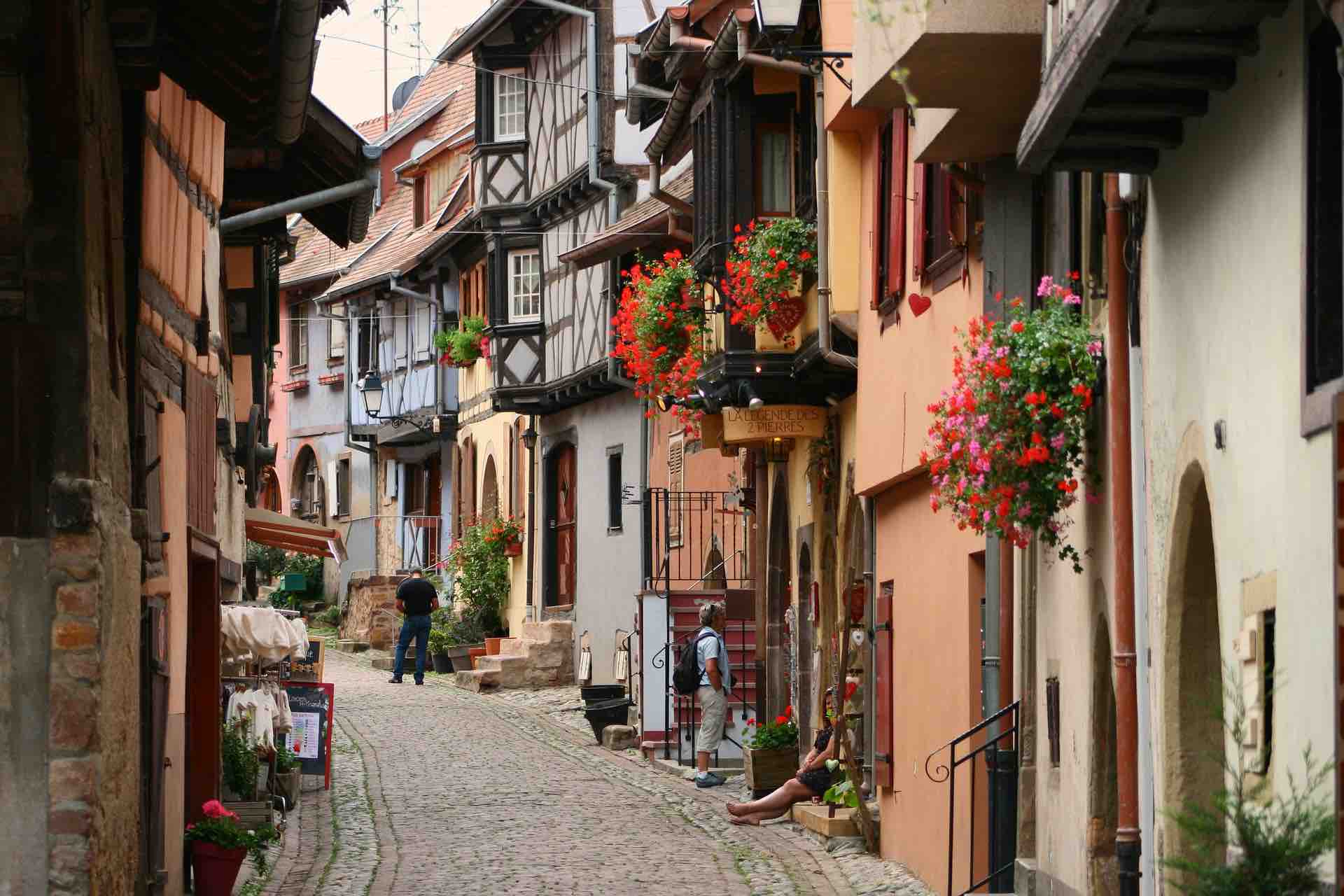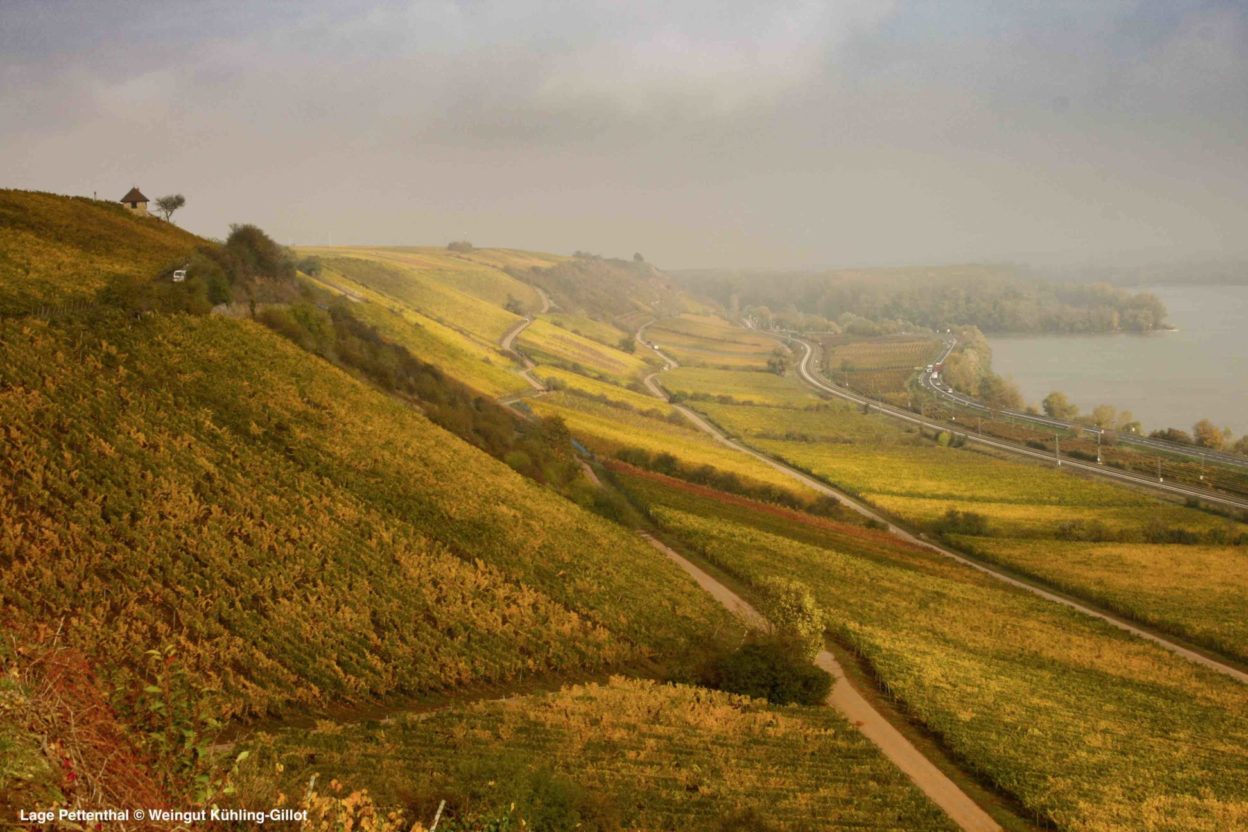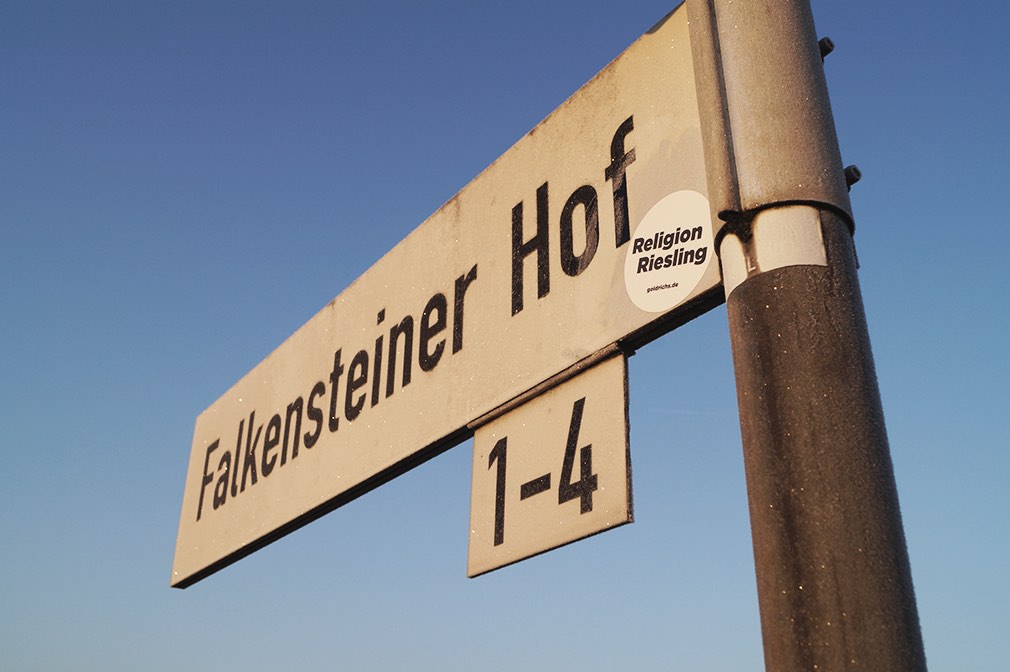
Wines from the Karthäuserhof winery are easily recognizable by their bottle or by the label on the bottle neck. Albert Behler, the New York-based real estate tycoon, owner of the winery, which is now family-owned for over 200 years, says this a unique trademark. The winery was founded in 1335 by Carthusian monks and is located in Trier – Eitelsbach in the Ruwer valley. It works all 20 hectares of the VDP. Große Eitelsbacher Karthäuserhofberg. Mainly Riesling is planted on its devonian slate soil with clayey sprinkles and high mineral proportions.
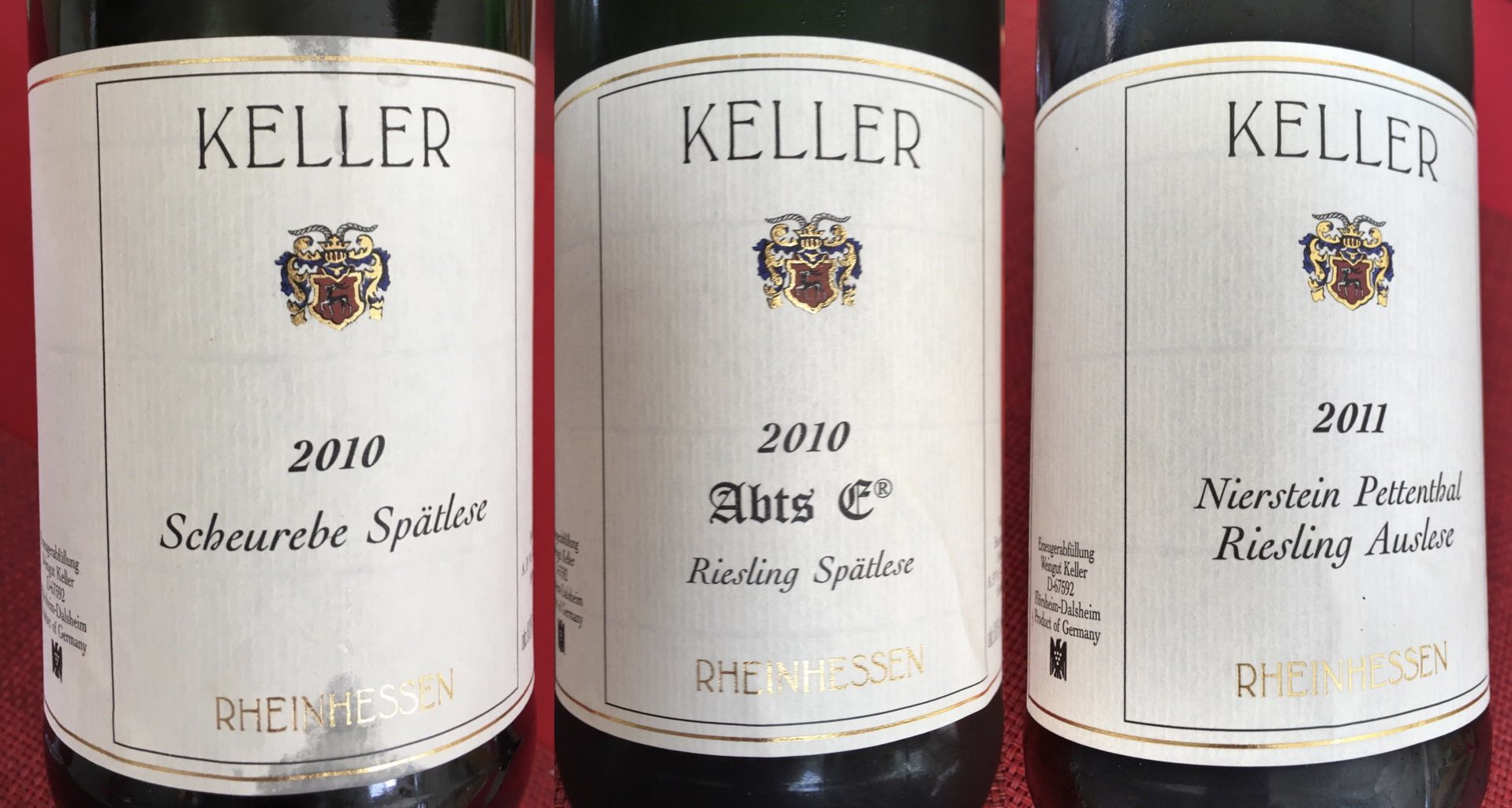 Hans had invited to taste sweet wines (
Hans had invited to taste sweet wines (